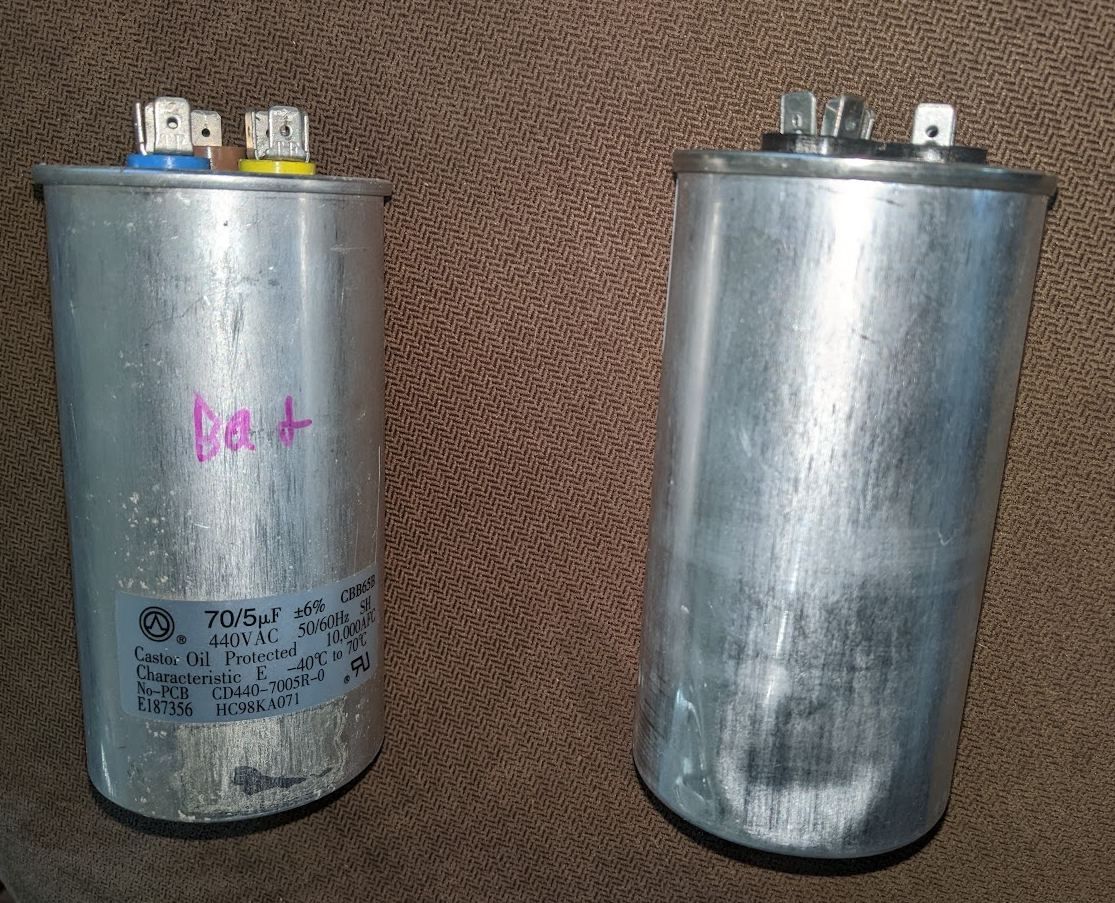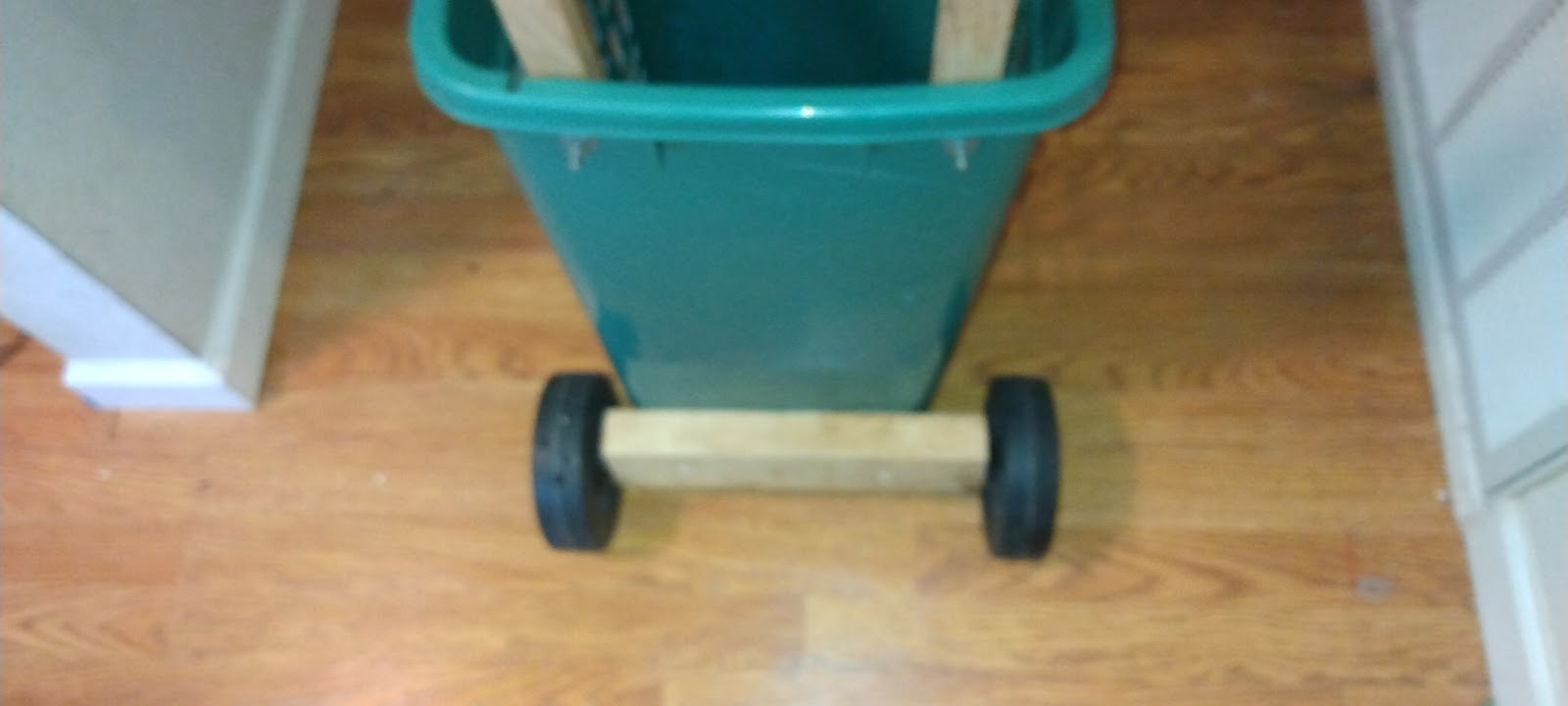I have been experimenting with microwave mug cake recipes. The best recipe so far includes colored sprinkles and vanilla for flavoring. I decided to try adding mint extract for a different flavor. We have plenty of mint growing in the garden, so I decided to take a recipe detour and make mint extract.
One quick and easy recipe was for mint simple syrup, but this might mess up the amount of sugar in the cake. The other type of recipe was for mint extract with an alcohol base. The process is to chop mint, place it in a mason jar, add vodka, and let it sit for several weeks. The alcohol burns off during cooking, leaving just the mint flavor. This seemed like a good method, but I was impatient. I found another recipe to speed up the process. It said to cook the jar in a water bath at 135 F for 3 hours. My induction cooker wouldn't go that low, so I ended up cooking it for a shorter time at 140-160 F. I will let it sit longer to see if it continues to get stronger before I filter out the mint leaves. Another option the recipes mention is adding a second batch of fresh mint leaves to add more flavor.
A year later, I made a new batch of mint extract, but used everclear as the alcohol base. It's 95% instead of 40%, so it seems to work better.

.jpg)













.jpg)

.jpg)


.jpg)
.jpg)





























